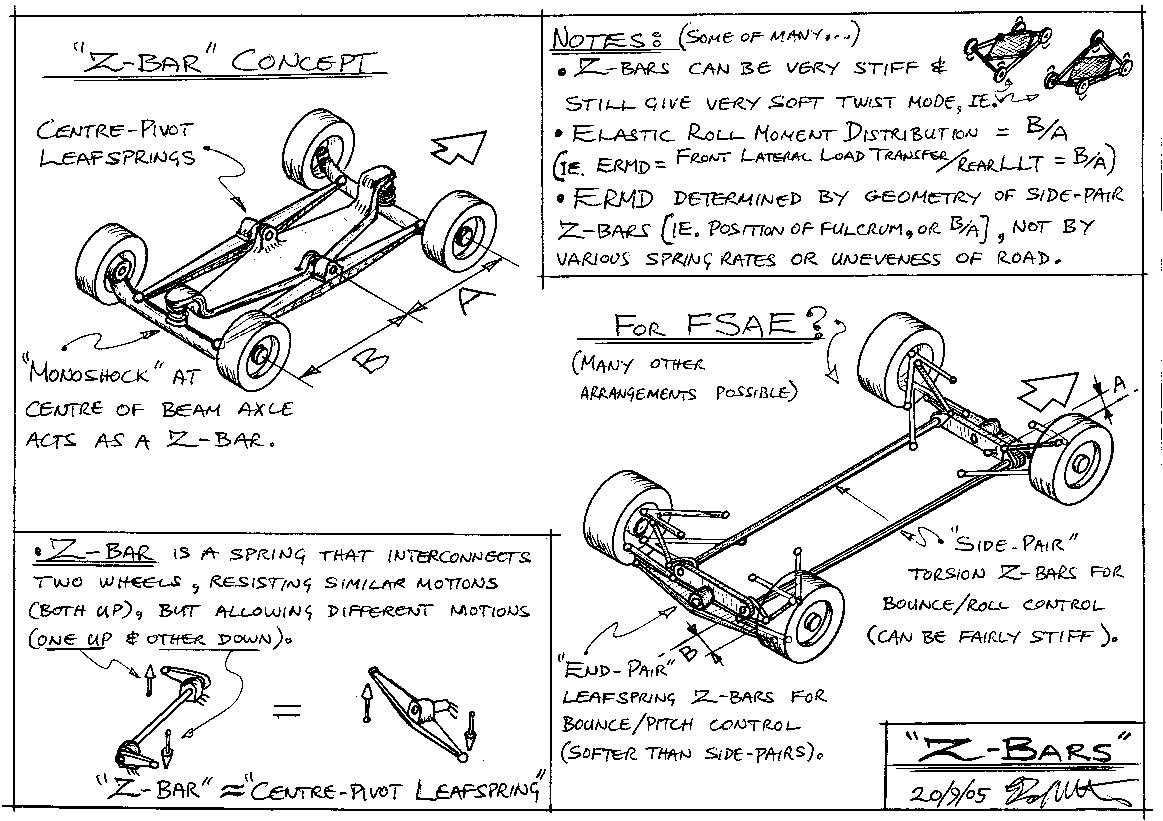Rob Woods is back! Too many posts on one of your favorite topics and no reply in a week or so- I was just getting worried... F500's are so neat small and simple machines, that could make a hell of a "beginners car" in FSAE. (adopted to the rulebook) The only thing I doubt of is the CVT, and I doubt because I have never dealt with one, so in my mind they are just heavy, complicated, hard to work things that make your engine sound funny...

|
|



 Reply With Quote
Reply With Quote
